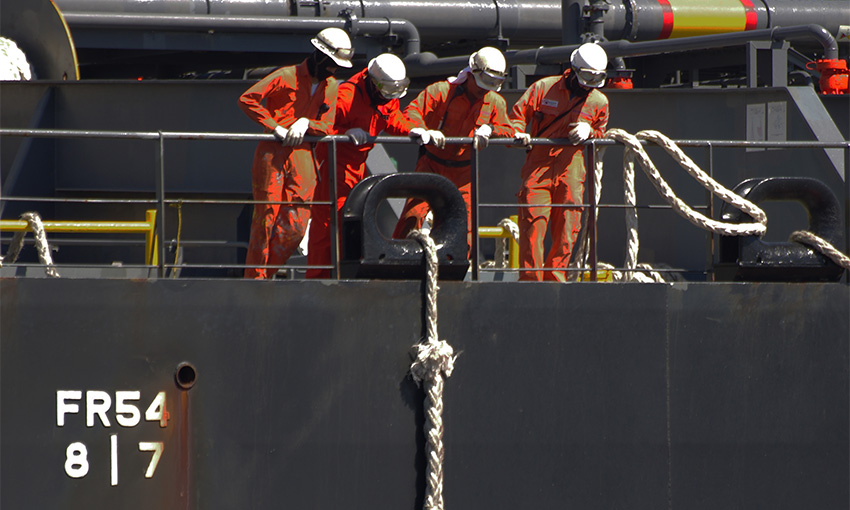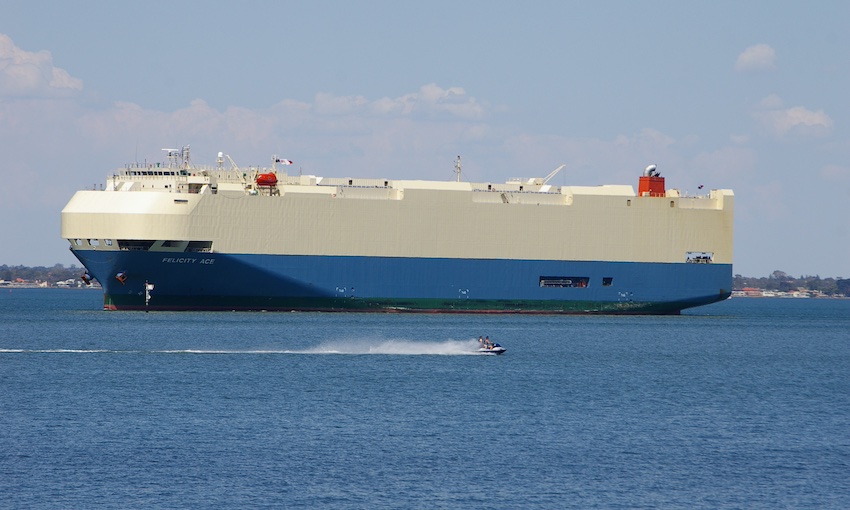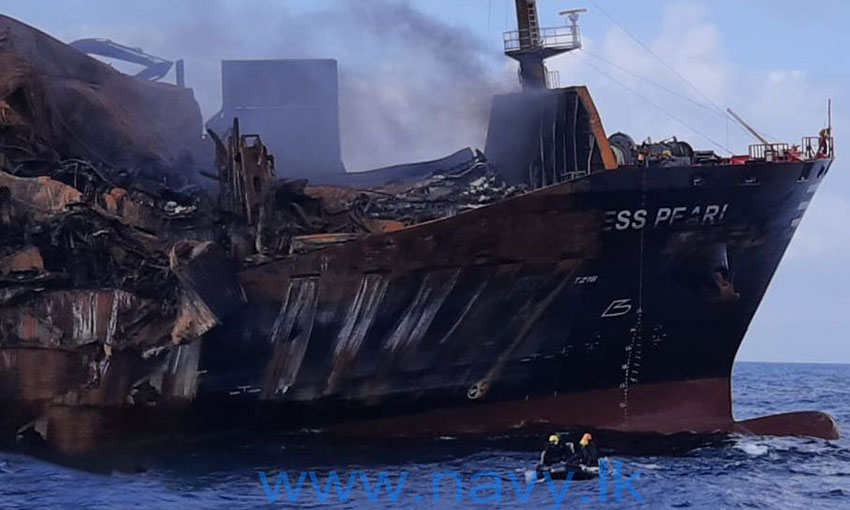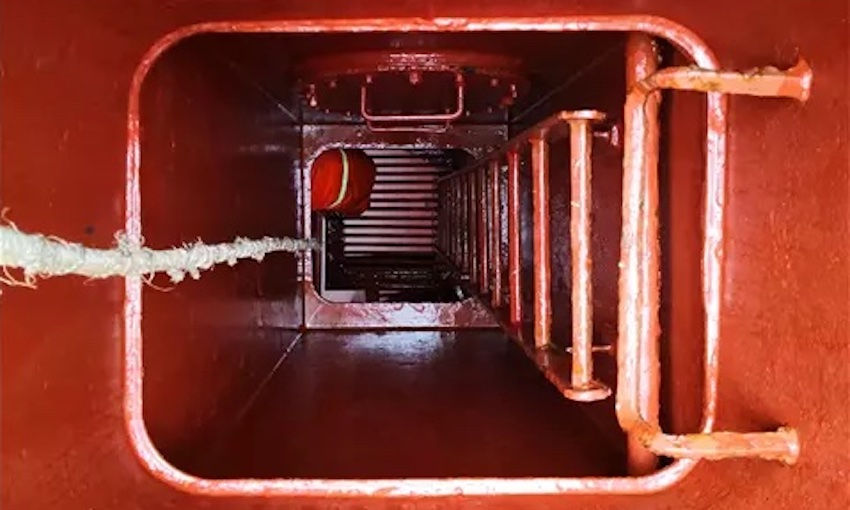P&I CLUB Gard has issued a warning about ship mooring practices after recording a significant increase in incidences of mooring line failures in strong winds.
The Norway-based insurer says in recent cases wind speeds were over 80km/h, i.e. wind force 8+ Beaufort scale, and the majority of the vessels involved were large cruise vessels. But the risks also apply to other vessel types with high windage areas, including PCTCs, container ships, ferries and ro-ros.
“Luckily no severe damages or personal injuries were reported, but the [recent] incidents still serve as an important reminder of how important it is to ensure safe mooring operations,” Gard said.
“Broken mooring lines often cause hull damages involving one or more vessels and can also lead to severe port structure damages. Moreover, failure of mooring lines can lead to pollution or other severe accidents, including loss of life. In fact, from 2016 to 2021, International Group clubs received reports on 858 injuries and 31 fatalities related to mooring operations.”
Gard analysis of mooring lines accidents has shown that they often could have been prevented by proper inspection and maintenance as well as by improved preparedness for critical situations. Of critical importance is the officers and crew being aware of the environmental loads their equipment is designed for.
“Often, we see that environmental risk factors, such as strength of winds and currents, together with water depth, played a significant role in the incident. Tidal effects leading to decrease of under keel clearance are sometimes not considered, even though this can significantly increase the forces affecting the mooring lines. We should also bear in mind the interaction with other ships together with weather related effects, such as waves/swell and ice,” Gard said.
Recent amendments to SOLAS Reg. II-1/3-8, which became mandatory on 1 January 2024, introduce new requirements for all elements used in mooring operations, which must be included in vessels’ Safety Management Systems. These measures cover before and during mooring operations; identification and control of mooring lines; inspection and maintenance; and replacing mooring lines.
Gard “strongly recommends’ that ship’s masters conduct a thorough risk assessment tailored to the specific mooring conditions and loadings, taking into account the characteristics of the vessel and the location, under both normal and adverse weather conditions.
In Melbourne, where a number of instances of ships breaking lines in high winds have occurred in recent years, Ports Victoria has recently updated Harbour Masters Orders to mandate standby tugs for PCTCs using Appleton Dock when steady winds reach 20 knots or gusts of 25 knots are observed from the West to the North-East (270⁰ to 045⁰).





